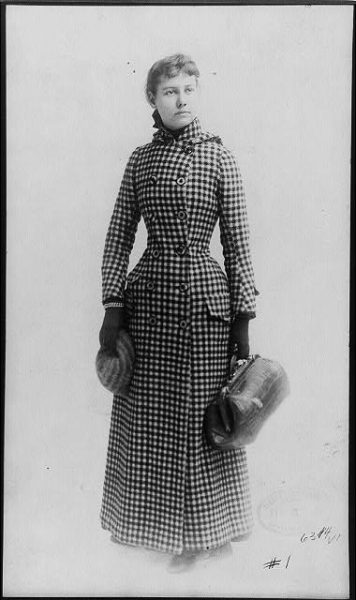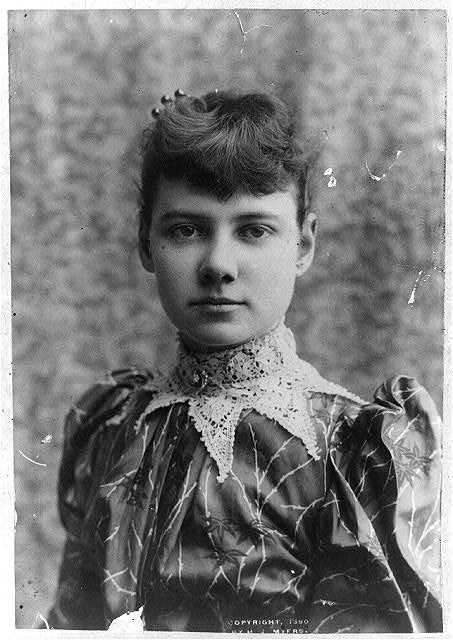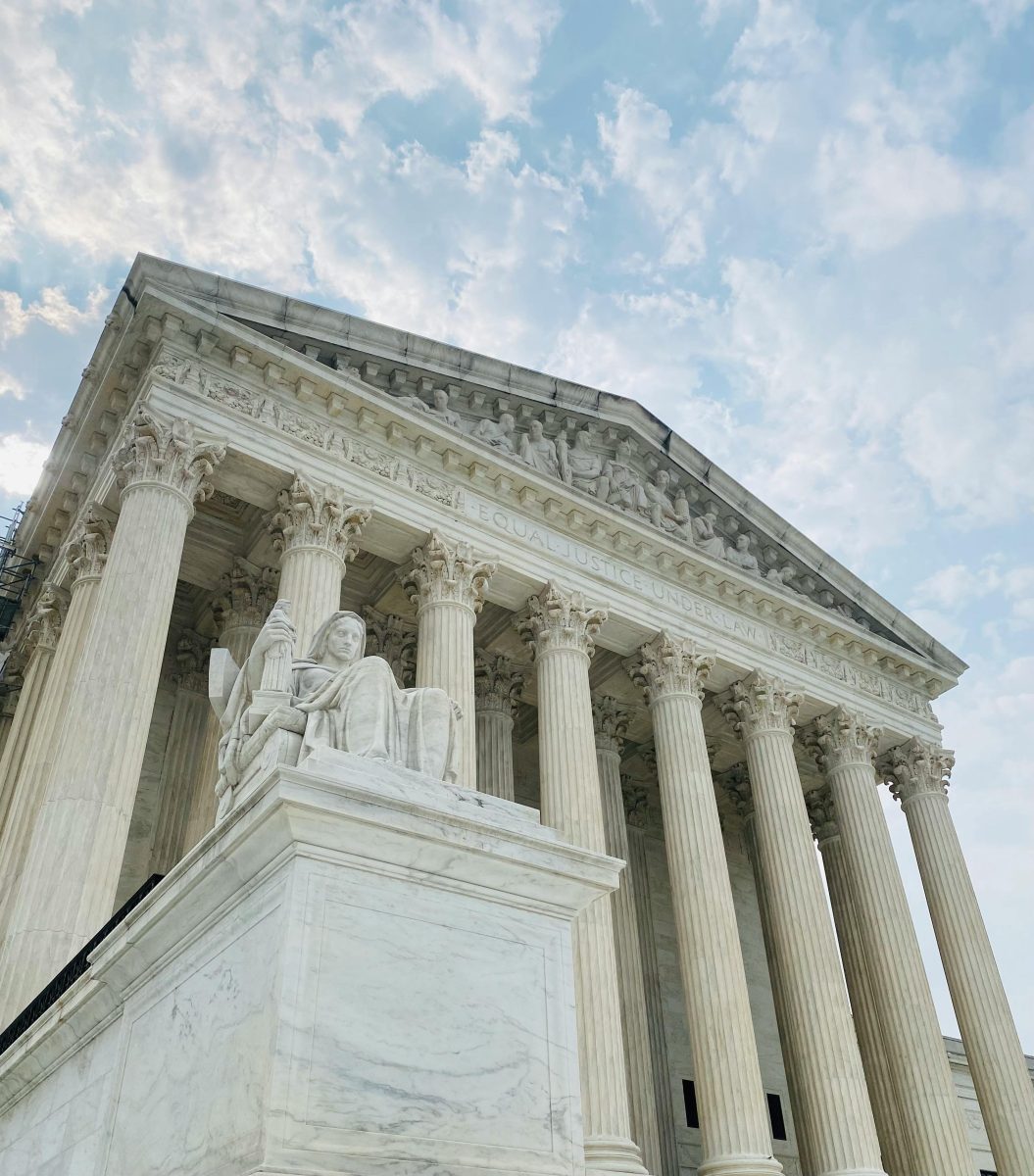Women’s History Month celebrates the magnificent achievements of women in the past and the things women can do in the future. The practice of gender equality, unfortunately, is rather new to society. Women around the globe fought tooth and nail for equal rights, and Tristate journalist Elizabeth “Nellie Bly” Cochrane is no exception.
Elizabeth Cochrane was an activist journalist, fighting for women’s rights during the end of the 1800s and into the 1900s. Elizabeth was a smart girl growing up, enrolling herself to the Indiana Normal School in Indiana, Pennsylvania. She was forced to leave a year later due to money constraints, and returned home to assist her mother in a boarding house.
Cochrane began her career as a journalist for the Dispatch, a Pennsylvania paper, after she had written an angry letter regarding a misogynistic article. It’s here that she begins to claim the pseudonym ‘Nellie Bly’.
In journalism, pseudonyms are fairly common. Oftentimes, a journalist doesn’t want their identity out in the open, as it could potentially damage their career. This was especially true for women during the 19th and 20th centuries, who usually wished to hide the fact that they were a woman, as it could prove detrimental to their public reputation.
Under the name Nellie Bly, she had begun her career with investigative reporting, or digging deep into certain problems to reveal truth to the public. As such, she had gone undercover to spy in a factory, revealing the awful working conditions, treatment of workers, and pitiful wages going on within the industry. This angered local factory owners, leading Elizabeth to reassign herself as a societal reporter, or covering human issues in the public space.

Afterwards, she had been set to Mexico to report on conditions in the country. Her critical articles regarding similarly unfair living conditions for the poor, as well as treatment of mexican journalists lead to her being forced out of the country. She wrote a memoir titled Six Months in Mexico, covering her experience in the country. When returning home, she quit her work at The Dispatch after being once more assigned as a society columnist
Still under the pseudonym, Elizabeth Cochrane moved to New York, hoping the massive news industry would be more forgiving to a woman journalist. This would prove false, as she had failed to get a job multiple times for her gender. However, she eventually landed a job writing for The New York World.
At the time, Elizabeth Cochrane was considered a Muckraker, or a journalist revealing the ugly lives the poor lived to the public.
Sources: 1: https://wams.nyhistory.org/modernizing-america/modern-womanhood/nellie-bly/ 2: https://www.britannica.com/biography/Nellie-Bly#ref668815 3: https://www.nps.gov/people/nellie-bly.htm






